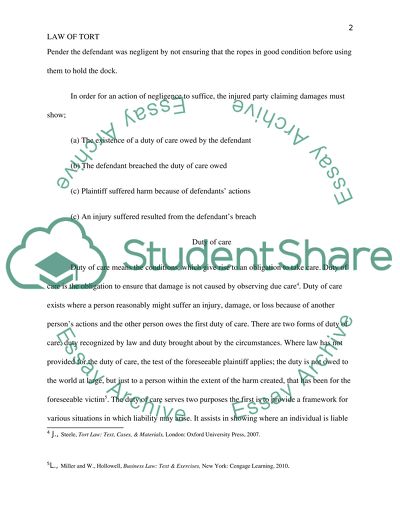Cite this document
(“Law of Tort Essay Example | Topics and Well Written Essays - 2750 words”, n.d.)
Retrieved from https://studentshare.org/law/1395759-law-of-tort
Retrieved from https://studentshare.org/law/1395759-law-of-tort
(Law of Tort Essay Example | Topics and Well Written Essays - 2750 Words)
https://studentshare.org/law/1395759-law-of-tort.
https://studentshare.org/law/1395759-law-of-tort.
“Law of Tort Essay Example | Topics and Well Written Essays - 2750 Words”, n.d. https://studentshare.org/law/1395759-law-of-tort.


